Results
-
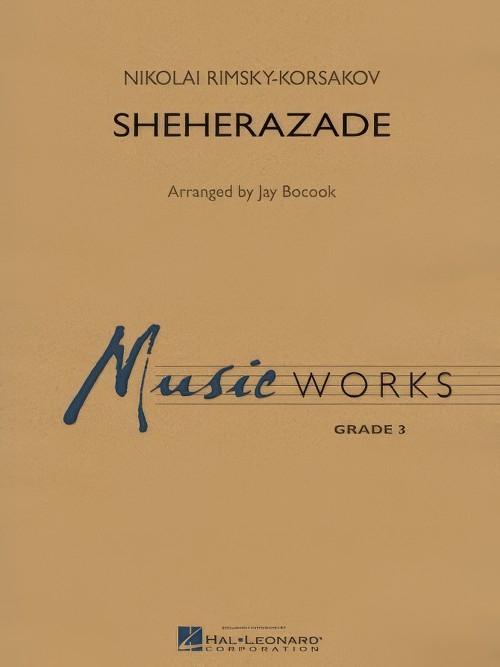 £60.99
£60.99Sheherazade (Concert Band - Score and Parts) - Rimsky-Korsakov, Nikolai - Bocook, Jay
Here is a concise and playable version of the well-known classic by Rimsky-Korsakov. Using themes from The Sea and Sinbad's Ship, Jay Bocook skilfully adapts this work for young players while still maintaining crucial elements from the original orchestration. After the powerful unison opening, the solo cadenza can be performed either by alto sax or clarinet. The remaining allegro section is written in 3/4 and provides featured lines for woodwinds before winding down to the quiet ending.Duration: 3.45
Estimated dispatch 7-14 working days
-
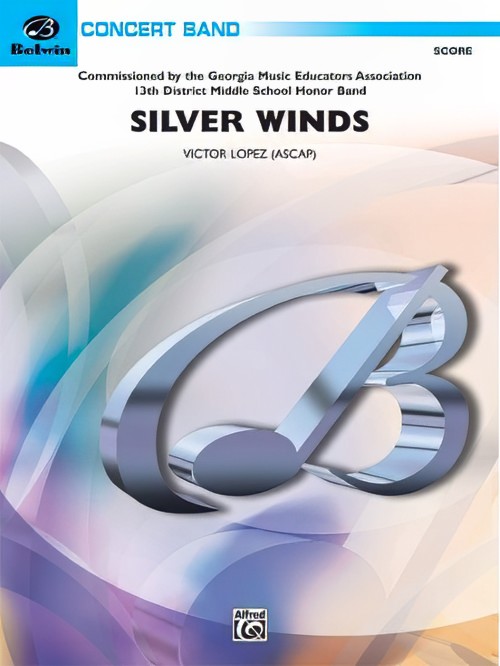 £66.95
£66.95Silver Winds (Concert Band - Score and Parts) - Lopez, Victor
Inspired by the official Command Exhibition Parachute Demonstration Team from Fort Benning, Georgia, your performers and the audience will enjoy this musical journey from the haunting beginning to the dark heroic melody with the ostinato skilfully written in a seamless fashion. Beautiful colour is brought to the melody with the joining of the baritones, flutes, and clarinets. The lyrical section involves a chorale-like clarinet choir accompanying a beautiful oboe solo. The rousing finale brings built upon a driving pulse carried by the low voices as this work races to a close. "Silver Winds" is exciting to conduct and to prepare.Duration 5:00
Estimated dispatch 7-14 working days
-
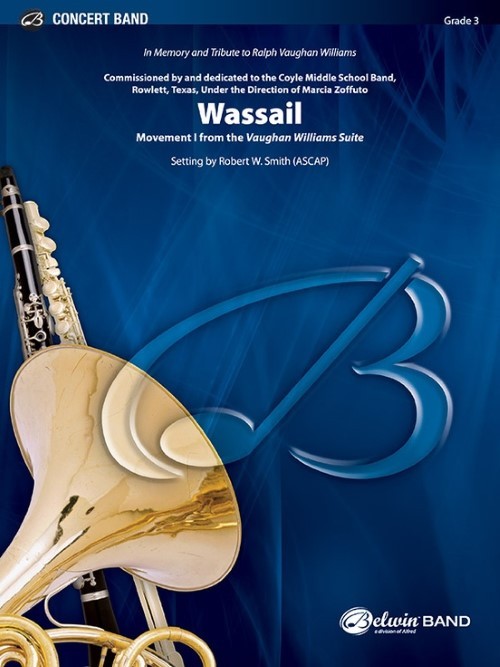 £62.95
£62.95Wassail (Concert Band - Score and Parts) - Smith, Robert W.
Robert W. Smith, in tribute to the great composer, has crafted a setting for the concert band of Wassail Song in the style of Vaughan Williams. Beginning with a lively solo statement of the melody, the clarinet choir introduces the song in its original form. Using Vaughan Williams as the inspiration, the melody is explored and restated in multiple variations using the various timbral colours of the concert band. This publication marks the first movement of Smith's Vaughan Williams Suite.Duration 3:15
Estimated dispatch 7-14 working days
-
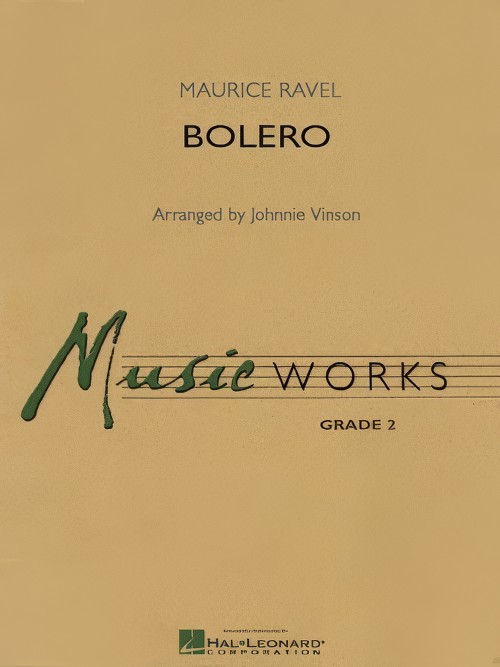 £57.50
£57.50Bolero (Concert Band - Score and Parts) - Ravel, Maurice - Vinson, Johnnie
One of the best-known classical themes ever written, Ravel's familiar melody appears in many movies as well as on the concert stage. Johnnie Vinson's skilful adaptation allows even younger players to enjoy this famous work. Included are short solo (or soli) passages for clarinet, alto sax, flute and trumpet, as well as the signature rhythmic ostinato in the percussion.Duration: 3:20
Estimated dispatch 7-14 working days
-
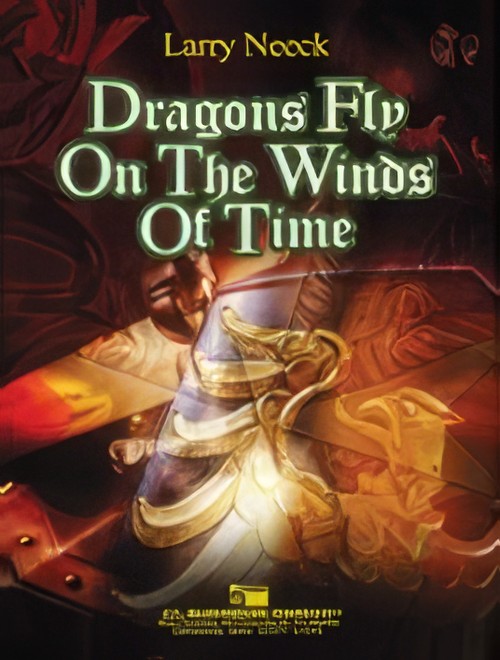 £76.00
£76.00Dragons Fly on the Winds of Time (Concert Band - Score and Parts) - Neeck, Larry
An exciting and impressive composition that portrays an epic struggle in the distant past between the forces of good and evil. A wizard, a beautiful exotic maiden, a battle, and our hero are woven in the fabric of this musical tale. Sprightly melodies, lively rhythms and tasty writing for a whole battalion of percussionists produce an opening section which is full of energy and vitality. The flowing adagio section features a nice oboe solo (cued in clarinet) and a horn section soli (cued in saxes) that really make this piece special. A superior choice for any concert or contest performance. Very highly recommended!Duration: 6.45
Estimated dispatch 7-14 working days
-
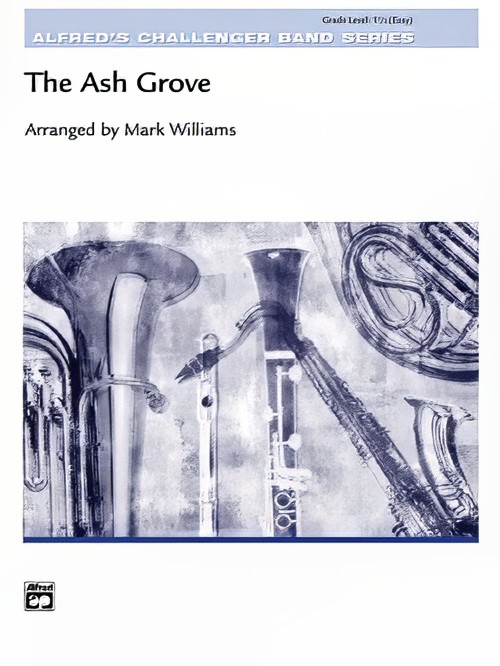 £44.50
£44.50The Ash Grove (Concert Band - Score and Parts) - Williams, Mark
The elegant simplicity of this favorite Welsh folk song shines through in this skillful arrangement by Mark Williams. Filled with solo opportunities for flute, clarinet, oboe, alto sax, horn and baritone (liberally cross-cued), this work provides great opportunities for working on tone, balance and phrasing. A very tasteful addition to your band library. Duration: 2.30
Estimated dispatch 7-14 working days
-
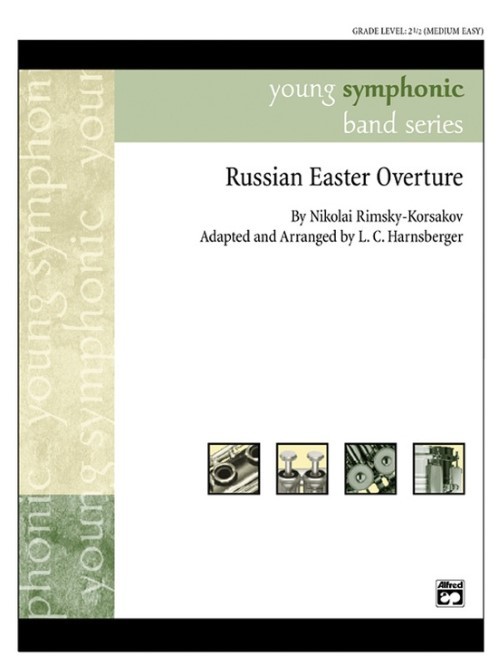 £50.50
£50.50Russian Easter Overture (Concert Band - Score and Parts) - Rimsky-Korsakov, Nikolai - Harnsberger, L. C.
A mysterious introduction begins this exciting concert favorite expertly adapted for young band. After a short solo clarinet passage, the music takes off in cut time. Exciting brass chords and woodwind runs give way to a tender contrasting section. Brass fanfares bring the rousing conclusion that features a chorale and a blazing finish. This adaptation is a real audience pleaser and will work well as an opener or closer. Duration: 3.00
Estimated dispatch 7-14 working days
-
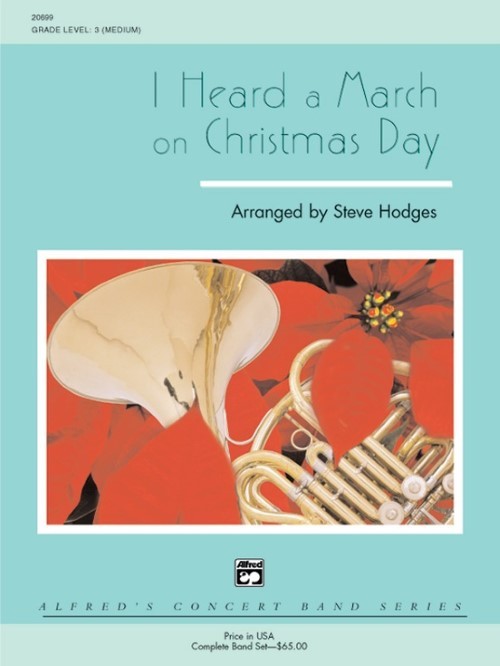 £62.95
£62.95I Heard a March on Christmas Day (Concert Band - Score and Parts) - Hodges, Steve
This festive piece presents three holiday favorites in a march medley. O Tannenbaum is treated with energetic countermelodies in the trombones and baritone. A short transition leads to a light presentation of the countermelody to Good King Wenceslas by a solo flute, clarinet and drum. Another transition and modulation leads to the trio-type section of I Heard the Bells on Christmas Day. An accelerando is followed by a dynamic closing section with the active woodwind countermelodies highlighting the exciting finish. Duration: 3.15
Estimated dispatch 7-14 working days
-
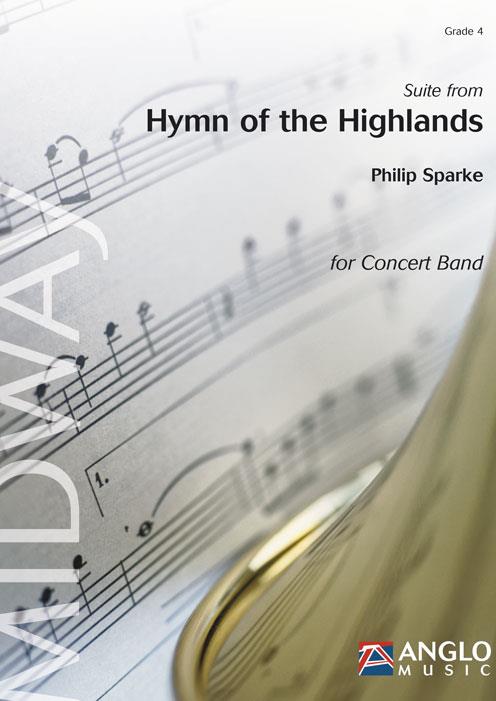 £267.99
£267.99Hymn of the Highlands, Suite from (Concert Band - Score and Parts) - Sparke, Philip
Suite from Hymn of the Highlands draws three expressive musical pictures of the Scottish highlands.The first movement, Ardross Castle, features solo passages for clarinet and bassoon and features a fascinating bagpipe melody.The second movement, Alladale, is a saxophone trio with an accompaniment featuring the percussion section.The final movement, Dundonnell, features two highly contrasting melodies, a wild presto and the bagpipe melody first heard in the first movement.Duration: 17:00
Estimated dispatch 7-14 working days
-
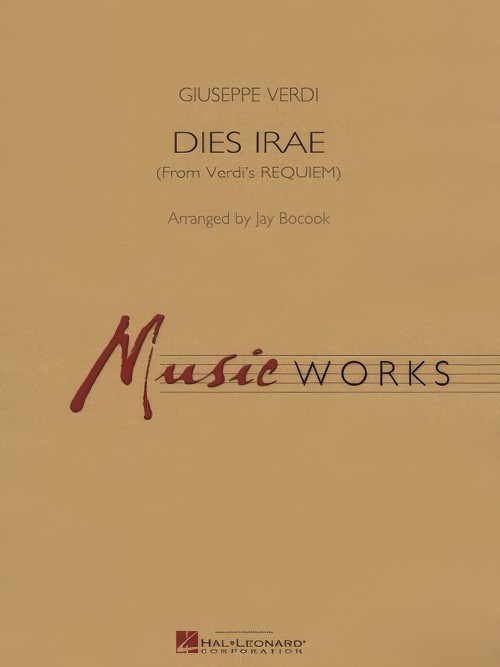 £76.99
£76.99Dies Irae (from Verdi's Requiem) (Concert Band - Score and Parts) - Verdi, Giuseppe - Bocook, Jay
A long standing favourite in the band repertoire, Verdi's famous opus, best known as the "Manzoni Requiem" is now available in this version, designed for playability by most high school groups. Jay Bocook has retained the essence of the original by carefully placing the challenging, technical material in the skilled sections of the band (flute, 1st clarinet, alto sax). From the hard driving, signature opening with the solo bass drum, to the triumphant trumpet calls of the finale, this is classic literature your band should experience.
Estimated dispatch 7-14 working days
